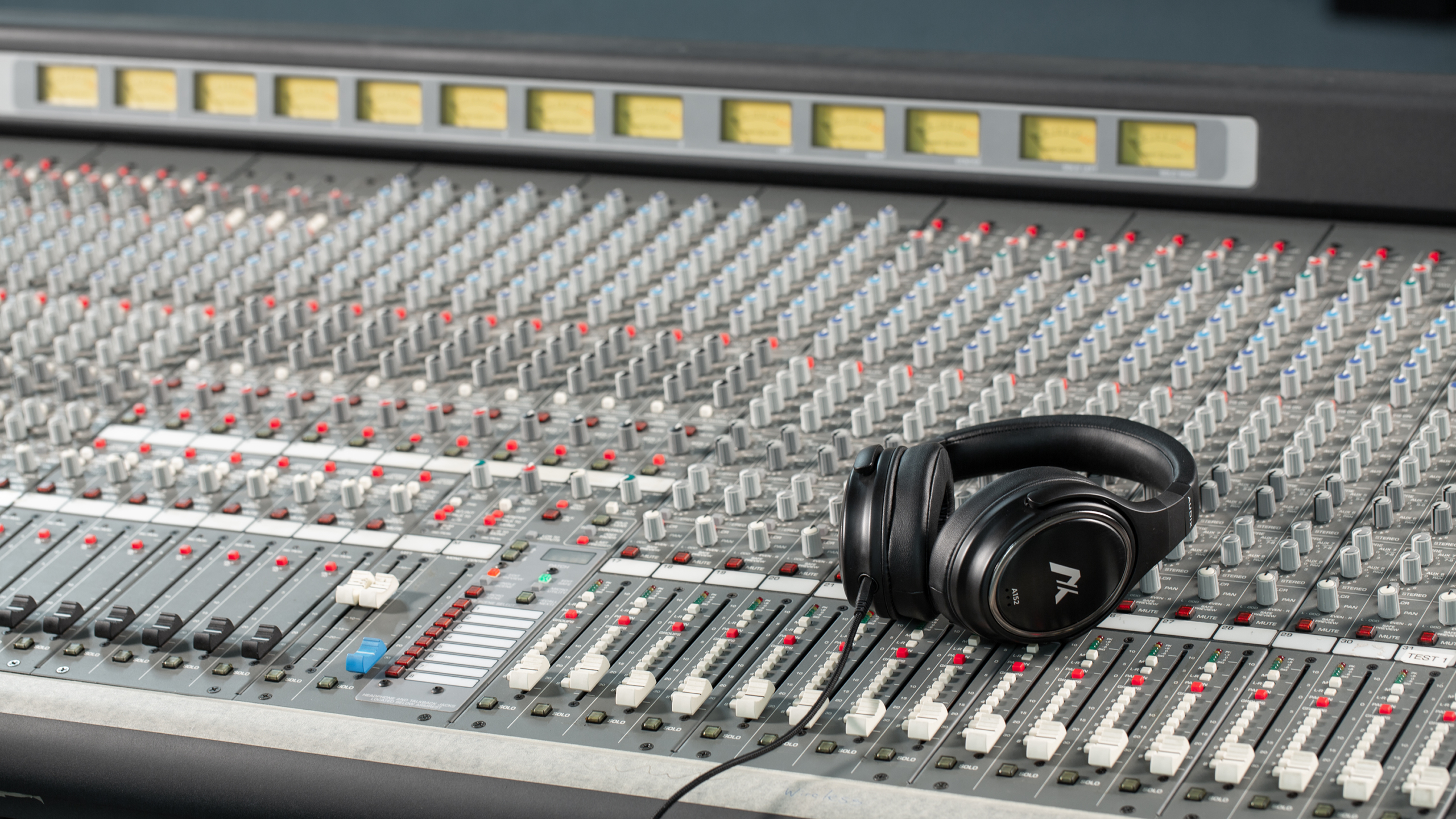Dec 9th 2020
AUDIX A150 AND A152 STUDIO REFERENCE HEADPHONES

PRODUCT PROFILE: AUDIX A150 AND A152 STUDIO REFERENCE HEADPHONES
NOVEMBER 30, 2020
Earlier this year at the 2020 NAMM show, AUDIX previewed four new studio reference headphones: the A140, A145 and the top of the range A150 and A152. What I was able to check out at the show looked and sounded great, but were pre-production versions, so I was happy when AUDIX sent me the actual production versions of the A150 and A152 headphones to review.
Both the A150 and A152 are dynamic closed-back studio reference headphones built for professional use. While the A150 and A152 headphones look identical and share similar specifications, the main difference between the A150 and A152 is the A150 is designed for studio tracking, editing and playback applications while A152’s extended bass range lends itself more to music where there is serious sub-bass material in the mix.
Both the A150 and 152 are solidly constructed and come packaged in a lightweight yet sturdy vinyl-mesh protective storage case.
Both the A150 and A152 feature an over-the-ear design. The headphone cups on both units are soft and well cushioned. The headphone cups are a little larger than some competing headphones in this price range, which is a good feature given the diverse ear sizes that will be wearing them. Both the A150 and A152 evenly distributed the weight of the headphones on my head and felt great right out of the box. There is enough thick padding on the headband of both headphones to make sure they are comfortable for extended listening sessions. Both ear cups on the A150 and A152 are mounted on a 90-degree swivel, allowing for easy single-ear monitoring.
Specifications for the A150 include a 50 mm driver size, 10 to 30 hertz frequency range, sensitivity (@1k) up to 103 decibels at 30 ohm impedance. Specifications for the A152 are almost identical to the A150, except the frequency range on the A152 is 8 to 28 Hertz, allowing for the increased bass response.
Both the A150 and A152 feature an eighth-inch detachable connector allowing you to detach the cord from the headphone. This is a great feature and allows the headphones to be taken off your mixing desk when not in use. The detachable cord feature makes a big difference, for example, in my home studio where available desk space is at a premium. AUDIX offers two optional detachable headphone cables made from 1.8M high density 3 conductor, 200 or 800 strands of 4 or 8 core OFC cable for those customers purchasing an A152 for audiophile applications. An optional headphone extension cable is also available.
The A150 is designed to be a “go-to” headphone for home and professional studios. The A150 will, I am sure, be equally as good for mixing when you are on a remote or out of the studio. Sound designers, film editors and composers whose final mixes need more of a cinematic bass response will want to check out the A152. The A152 will also appeal to gamers. For pure listening enjoyment, the A152 has specifications that compare favorably with many high-end audiophile headphones on the market prices for which can easily top $1,000.
I tested both headphones with a variety of source material ranging from prerecorded stereo tracks to acoustic and electric guitars, keyboards and bass, both modeled and live. High-end detail and low-end response on both the A150 and A152 is clear and color neutral. Midrange response is similarly clear and accurate. All the vocal source material I tested sounded natural and accurately reproduced what I was recording and playing back through them. Both the A150 and A152 provide an impressive degree of sound isolation and noise cancelation and have great stereo imaging.
In my recording workflow I tend to use my headphones for comparison reference between my studio monitors and my headphones for my final mixes, as opposed to tracking and mixing by headphones. For me, personally, the A150 would serve my needs for an accurate mixing tool. The A152, on the other hand, provide an interesting contrast to what I was hearing out of my studio monitors, but between the two probably not what I would want in my workflow, as it’s harder to judge how much low-end bass will translate to my final mixes. To be clear, this is just my personal preference and whether the A152 is right for you will depend on your personal preferences, styles of music you are recording, etc.
Bottom line: I really like the AUDIX A150 and A152 studio reference headphones. They both do exactly what they are supposed to do with no surprises. Both the A150 and A152 sound great, are comfortable to wear for extended listening sessions and offer features and specifications that are on par or better than any professional headphones in this price range.
The AUDIX A150 and A152 Studio Reference Headphones have a MAP price of $249 and are available now.

